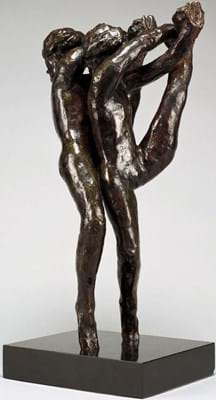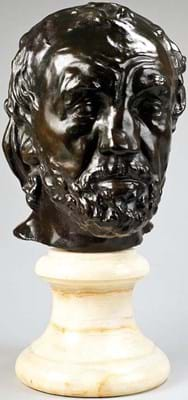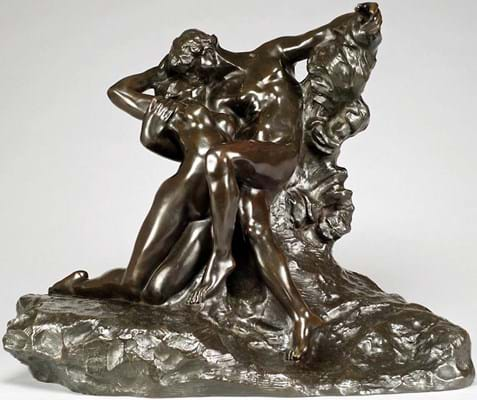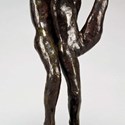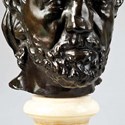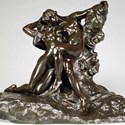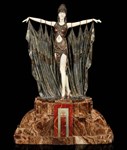For cinema-goers there’s the new film, Rodin, which debuted (albeit to tepid reviews) at Cannes last month; for museum-goers there are the exhibitions of his work at the Grand Palais (until July 31) and the Rodin Museum in Paris; and for buyers there is the market for his sculptures, still active today.
In London, the prime opportunity to view and buy Rodin’s work in a gallery setting this year is offered by Bowman Sculpture, the Duke Street gallery holding the exhibition Rodin: The Birth of Modern Sculpture from June 7-July 27.
For the gallery’s Robert Bowman, the main message of the exhibition is the ready availability of works that are so important in the history of the medium.
“People say to me, ‘You deal in Rodins? I thought those were all in museums’. But that’s the major, exciting thing about these works. It’s still possible to collect them.
“With Impressionist paintings, even if you come on the scene with a billion dollars, you’re too late to build a premier collection. Most of those great works really are already in museums, institutions or hidden away in collections,” Bowman tells ATG.
The ubiquity of Rodin’s pieces is down to the fact that the bronze sculptures he created continued to be cast after his death. The artist’s decision to give the rights of his estate to the French government facilitated the production and is crucial to how later casts are viewed.
“Artists such as [Constantin] Brancusi didn’t want to have people casting work after his death. But Rodin did want it. That’s important,” Bowman says.
While the later pieces may be fairly viewed as official works, the difference in dateline is often reflected in price.
As a rule of thumb, Bowman says, the cost of a lifetime piece will be roughly three times more than that of a posthumous work produced before 1952. At that point, the Rodin Museum limited all editions of the bronzes to 12 plus a cast for the museum. The rule became French law in 1968, and pieces produced after 1952 are, by the same generalisation, worth around a third less again.
“ People say ‘I thought those were all in museums’. But that’s the major, exciting thing about these works. It’s still possible to collect them
Bowman Sculpture’s summer exhibition features more than 30 works, both lifetime and posthumous, and includes a selection of Rodin’s letters and drawings. Most of the works are for sale, though there are some that have gone through the gallery recently and now return on loan.
The selection aims to give an overview of the artist’s career, incorporating earlier works, such a maquette for The Burghers of Calais as well as examples of his later dance figures such as Pas de Deux – Mouvement de Danse Type G, exemplifying the artist’s move towards abstraction.
Timed to coincide first with the Impressionist sales at London’s auction houses – during which Sotheby’s will offer two of Rodin’s works – the show will be repeated at 1 Canada Square in London’s Canary Wharf.
With all the tributes to Rodin taking place, Bowman reflects that it’s a shame London hasn’t done more to recognise the anniversary.
Particularly so given the artist’s relationship with the capital – in 1914 he gifted 23 of his bronzes to the Victoria and Albert Museum, acknowledging the bravery of English soldiers fighting in France.
Still, he adds, it is fair to expect that the exhibition at the Mayfair gallery is thanks in part to an apparent current interest in sculpture.
He references the ongoing Alberto Giacometti retrospective at Tate Modern and the recent record set for Brancusi’s La muse endormie at Christie’s New York.
For those interested in the medium in general, it makes sense to turn the attention to Rodin, Bowman reflects. He is, Bowman argues, “the most famous name in sculpture since Michelangelo”.


